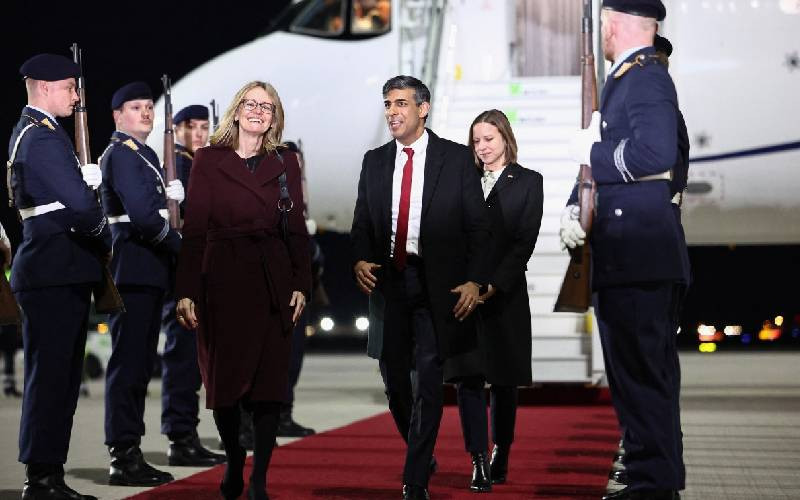The Standard of August 23 published excellent photographs of a good sample of Kenya’s seldom seen military hardware.
However, some of the captions describing the weaponry were wrong. On Page Six, there was a picture of a pair of towed artillery pieces. These are undoubtedly the British built 105mm Light Guns, which fire a 16kg HE (High Explosive) shell just over 17km.
They are not ‘Scud Launchers" as captioned! The latter is a massive six tonne, eight-wheeled vehicle of Soviet origin carrying the 1,000kg warhead Scud missile.
There was also a picture of an armoured car (of French origin I think) from C Squadron, with what looks like a short 75mm gun with muzzle flash eliminator driving past the dais with the commander saluting.
In English, the noun ‘tanker’ is used to refer to vehicles, ships or aeroplanes used for carrying fuel or other liquids. Armoured Fighting Vehicles (AFVs) are referred to as ‘tanks’ or by their particular role designations — Armoured Personnel Carriers (APCs) or Armoured Recovery Vehicles (ARVs).
The origins of the name ‘tank’ is a long story and dates back to their development in UK during WW1. On the front page of the newspaper was an excellent view of Kenya’s main battle tank (the one with the saluting commander from A Squadron).
These are the 105mm gunned Vickers of UK Mk 3, a commercial venture by a major UK defence contractor using many Chieftain components (such as the smoke dischargers on the turret sidewalls for use in extricating the vehicle when ambushed).
modern features
The forward tank showed modern features like fitted thermal jacket and fume extractor. The former is necessary for deployment in hot countries since it protects the upper surface of the barrel from direct sunlight and without which it is exposed to differential expansion between exposed top (which expands) and shaded underside (whose length remains largely unchanged) leading to ‘droop’ and a serious loss of main armament accuracy.
The fume extractor is the ‘bulge in the middle’ of the barrel which ejects cordite fumes from the barrel after firing so that the turret and tank interior do not become uninhabitable for the crew, especially when firing into the wind.
Altogether, it was most interesting for Kenyans to see what their taxes are spent on.
{Major (Rtd) Brian Willis, via e-mail}
 The Standard Group Plc is a
multi-media organization with investments in media platforms spanning newspaper
print operations, television, radio broadcasting, digital and online services. The
Standard Group is recognized as a leading multi-media house in Kenya with a key
influence in matters of national and international interest.
The Standard Group Plc is a
multi-media organization with investments in media platforms spanning newspaper
print operations, television, radio broadcasting, digital and online services. The
Standard Group is recognized as a leading multi-media house in Kenya with a key
influence in matters of national and international interest.
 The Standard Group Plc is a
multi-media organization with investments in media platforms spanning newspaper
print operations, television, radio broadcasting, digital and online services. The
Standard Group is recognized as a leading multi-media house in Kenya with a key
influence in matters of national and international interest.
The Standard Group Plc is a
multi-media organization with investments in media platforms spanning newspaper
print operations, television, radio broadcasting, digital and online services. The
Standard Group is recognized as a leading multi-media house in Kenya with a key
influence in matters of national and international interest.








